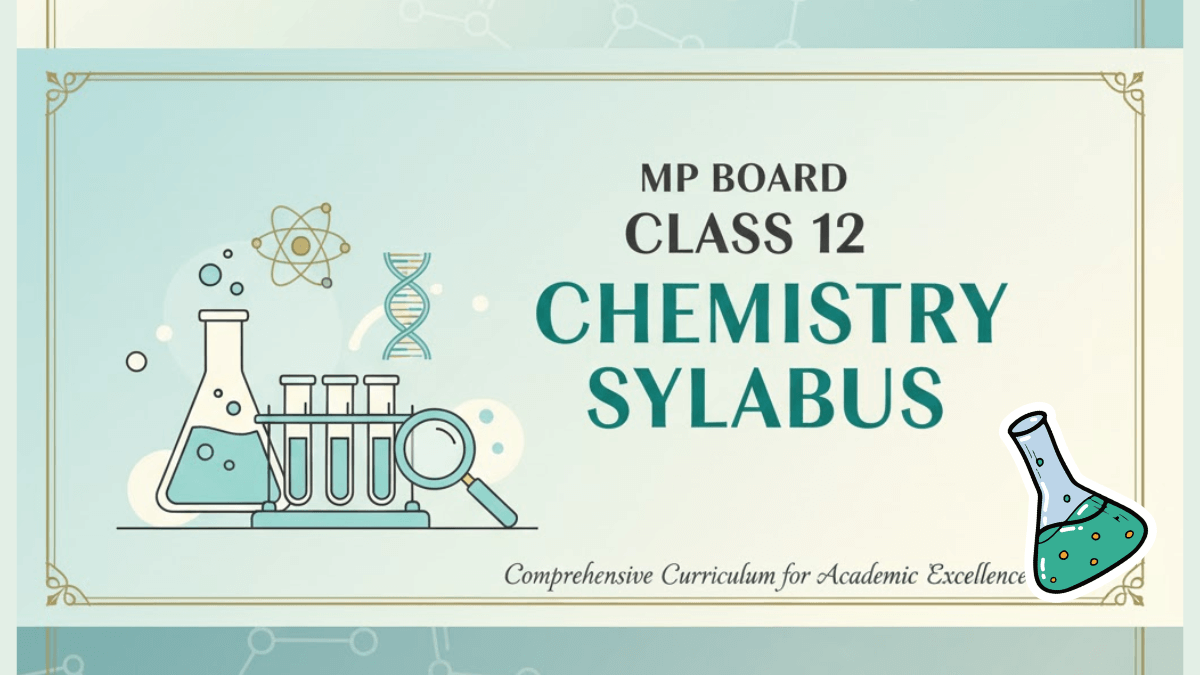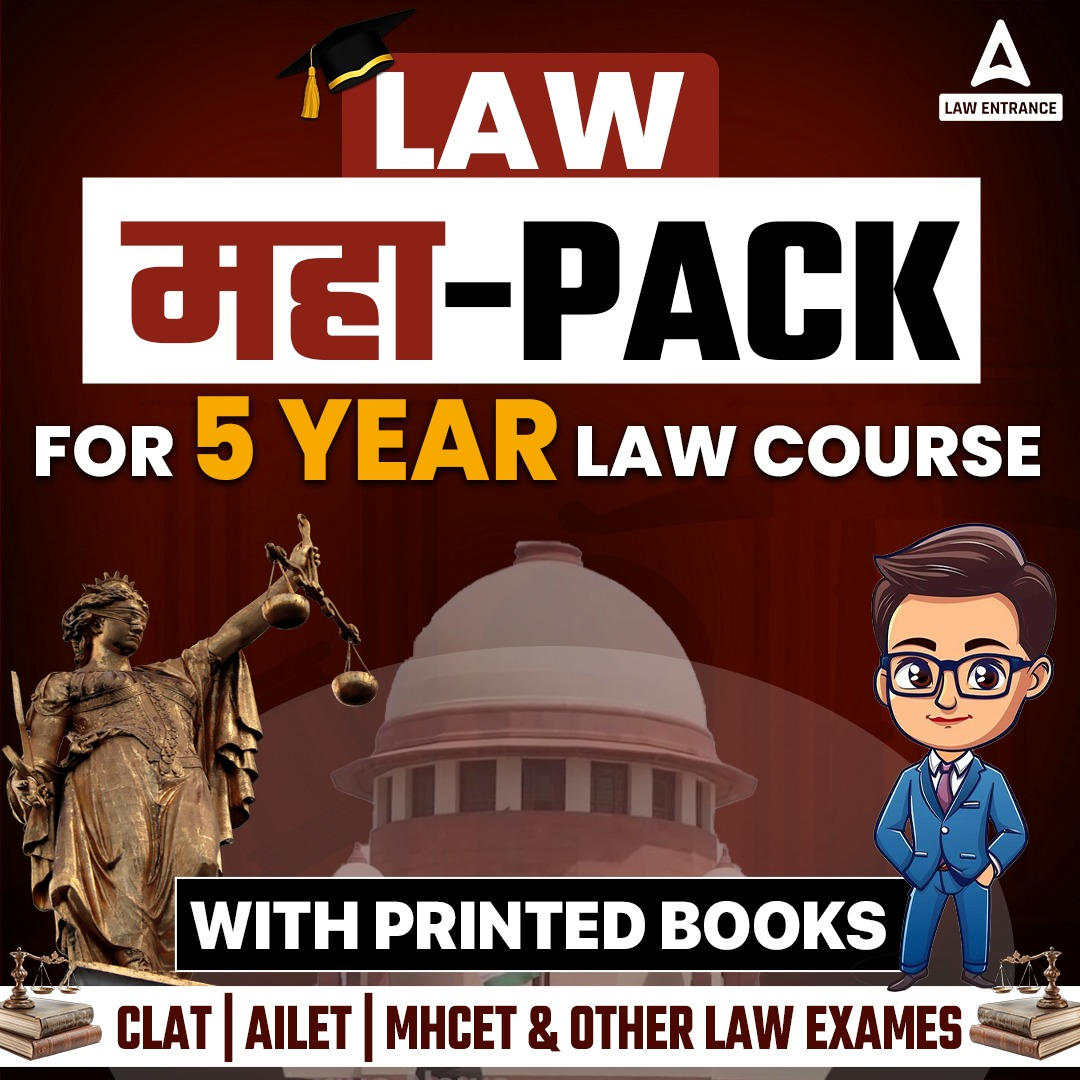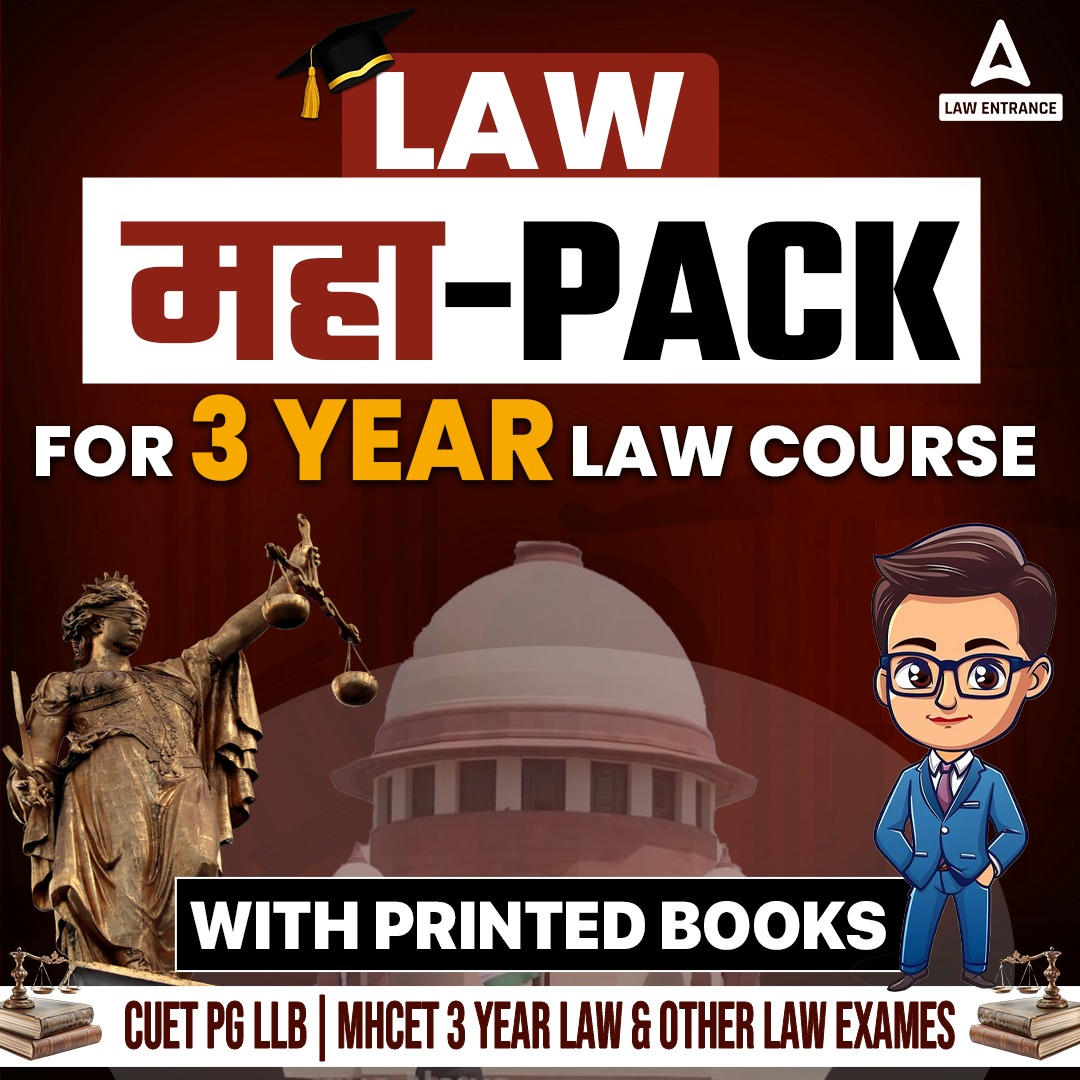MP Board Class 12 Chemistry Syllabus 2026: The Madhya Pradesh board assigned 70 marks for the Chemistry theory exam and 30 marks for practicals. There are 16 units in total, with each chapter covering significant topics from the MP Board 12th Chemistry syllabus 2026. In the Class 12 Chemistry Question Paper, 40% of the questions will be objective, 40% subjective, and the remaining 20% analytical. To pass the board examination, students must get at least 33% of the marks out of 100 marks. Read the article to find out more about the MP Board Chemistry Syllabus class 12 2026.
MP Board Class 12 Chemistry Syllabus 2026
The Madhya Pradesh Board of Secondary Education has approved the MP Board Class 12 Chemistry syllabus 2026. We have prepared a complete MP Board 12th Chemistry syllabus for students, which includes all major topics, units, and chapters.
Syllabus Overview
| Particulars | Details |
| Subject | Class 12 Chemistry |
| Total chapters | 16 chapters |
| Total marks | 100 marks |
| Theory marks | 70 marks |
| Practical marks | 30 marks |
| Question types | 40% – Objective Questions 40% – Subjective Questions 20% – Analytical Questions |
| Exam Duration | 3 hour |
MP Board Class 12 Chemistry Syllabus Chapter Wise
Here is the overview of all units in the Chemistry curriculum. Students can view the MPBSE Board syllabus 2026 for Class 12 Chemistry in the parts below.
| Units | Chemistry Chapters |
| Unit 1 | Solid State |
| Unit 2 | Solutions |
| Unit 3 | Electrochemistry |
| Unit 4 | Chemical kinetics |
| Unit 5 | Surface Chemistry |
| Unit 6 | General Principles and Isolation of Elements |
| Unit 7 | P-Block Element |
| Unit 8 | D and f block elements |
| Unit 9 | Coordination compound |
| Unit 10 | Haloalkanes and Haloarenes |
| Unit 11 | Alcohols, Phenols, and Ethers |
| Unit 12 | Aldehydes, Ketones and Carboxylic Acids |
| Unit 13 | Organic Compounds Containing Nitrogen |
| Unit 14 | Biomolecules |
| Unit 15 | Polymers |
| Unit 16 | Chemistry in Everyday Life |
MP Board Class 12 Chemistry Syllabus
Students who wish to take the MP Board 12th examination must go through all units and chapters, topic by topic, of the MP Board Class 12 Chemistry Syllabus 2026, to adequately prepare for the exam.
Class 12 Chemistry Syllabus of MP Board –
Unit I: Solid State
Classification of solids based on different binding forces: molecular, ionic, covalent and metallic solids, amorphous and crystalline solids (elementary idea), unit cell in two dimensional and three dimensional lattices, calculation of density of unit cell, packing in solids, voids, number of atoms per unit cell in a cubic unit cell, point defects, electrical and magnetic properties.
Unit II: Solutions
Types of solutions, expression of concentration of solutions of solids in liquids, solubility of gases in liquids, solid solutions, colligative properties – relative lowering of vapour pressure, elevation of B.P., depression of freezing point, osmotic pressure, determination of molecular masses using colligative properties, abnormal molecular mass.
Unit III: Electrochemistry
Redox reactions; conductance in electrolytic solutions, specific and molar conductivity variations of conductivity with concentration, Kohlrausch’s Law, electrolysis and laws of electrolysis (elementary idea), dry cell – electrolytic cells and Galvanic cells; lead accumulator, EMF of a cell, standard electrode potential, Nernst equation and its application to chemical cells, fuel cells; corrosion.
Unit IV: Chemical Kinetics
Rate of a reaction (average and instantaneous), factors affecting rates of reaction: concentration, temperature, catalyst; order and molecularity of a reaction; rate law and specific rate constant, integrated rate equations and half life (only for zero and first order reactions); concept of collision theory (elementary idea, no mathematical treatment).
Unit V: Surface Chemistry
Adsorption: Physisorption and chemisorption; factors affecting adsorption of gases on solids; catalysis: homogenous and heterogeneous, activity and selectivity: enzyme catalysis; colloidal state: distinction between true solutions, colloids and suspensions; lyophillic, lyophobic multimolecular and macromolecular colloids; properties of colloids; Tyndall effect, Brownian movement, electrophoresis, coagulation; emulsions – types of emulsions.
Unit VI: General Principles and Processes of Isolation of Elements
Principles and methods of extraction: concentration, oxidation, reduction, electrolytic method and refining; occurrence and principles of extraction of aluminium, copper, zinc and iron.
Unit VII: p-Block Elements
Group 15 elements: General introduction, electronic configuration, occurrence, oxidation states, trends in physical and chemical properties; nitrogen – preparation, properties and uses; compounds of nitrogen: preparation and properties of ammonia and nitric acid, oxides of nitrogen (structure only); Phosphorous – allotropic forms; compounds of phosphorous: preparation and properties of phosphine, halides (PCl3, PCl5) and oxoacids (elementary idea only).
Group 16 elements: General introduction, electronic configuration, oxidation states, occurrence, trends in physical and chemical properties; dioxygen: preparation, properties and uses; simple oxides; ozone. Sulphur – allotropic forms; compounds of sulphur: preparation, properties and uses of sulphur dioxide; sulphuric acid:
industrial process of manufacture, properties and uses, oxoacids of sulphur (structures only).
Group 17 elements: General introduction, electronic configuration, oxidation states, occurrence, trends in physical and chemical properties; compounds of halogens: preparation, properties and uses of chlorine and hydrochloric acid, interhalogen compounds, oxoacids of halogens (structures only).
Group 18 elements: General introduction, electronic configuration, occurrence, trends in physical and chemical properties, uses.
Unit VIII: d and f Block Elements
General introduction, electronic configuration, occurrence and characteristics of transition metals, general trends in properties of the first row transition metals – metallic character, ionisation enthalpy, oxidation states, ionic radii, colour, catalytic property, magnetic properties, interstitial compounds, alloy formation. Preparation and properties of K2Cr2O7 and KMnO4.
Lanthanoids: electronic configuration, oxidation states, chemical reactivity and lanthanoid contraction. Actinoids: Electronic configuration, oxidation states.
Unit IX: Coordination Compounds
Coordination compounds: Introduction, ligands, coordination number, colour, magnetic properties and shapes, IUPAC nomenclature of mononuclear coordination compounds, bonding, isomerism, importance of coordination compounds (in qualitative analysis, extraction of metals and biological systems).
Unit X: Haloalkanes and Haloarenes
Haloalkanes: Nomenclature, nature of C-X bond, physical and chemical properties, mechanism of substitution reactions. Haloarenes: Nature of C-X bond, substitution reactions (directive influence of halogen for monosubstituted compounds only). Uses and environmental effects of – dichloromethane, trichloromethane, tetrachloromethane, iodoform, freons, DDT.
Unit XI: Alcohols, Phenols and Ethers
Alcohols: Nomenclature, methods of preparation, physical and chemical properties (of primary alcohols only); identification of primary, secondary and tertiary alcohols; Mechanism of dehydration, uses, and some important compounds – methanol and ethanol.
Phenols: Nomenclature, methods of preparation, physical and chemical properties, acidic nature of phenol, electrophilic substitution reactions, uses of phenols. Ethers: Nomenclature, methods of preparation, physical and chemical properties, uses.
Unit XII: Aldehydes, Ketones and Carboxylic Acids
Aldehydes and Ketones: Nomenclature, nature of the carbonyl group, methods of preparation, physical and chemical properties, and mechanism of nucleophilic addition, reactivity of alpha hydrogen in aldehydes, and uses.
Carboxylic Acids: Nomenclature, acidic nature, methods of preparation, physical and chemical properties; uses.
Unit XIII: Organic Compounds Containing Nitrogen
Amines: Nomenclature, classification, structure, methods of preparation, physical and chemical properties, uses, identification of primary, secondary and tertiary amines.
Cyanides and Isocyanides will be mentioned at relevant places in context.
Diazonium salts: Preparation, chemical reactions and importance in synthetic organic chemistry.
Unit XIV: Biomolecules
Carbohydrates: Classification (aldoses and ketoses), monosaccharides (glucose and fructose), oligosaccharides (sucrose, lactose, maltose), polysaccharides (starch, cellulose, glycogen); importance.
Proteins: Elementary idea of – amino acids, peptide bond, polypeptides, proteins, primary structure, secondary structure, tertiary structure and quaternary structure (qualitative idea only), denaturation of proteins; enzymes.
Vitamins: Classification and functions. Nucleic Acids: DNA and RNA.
Unit XV: Polymers
Classification: Natural and synthetic, methods of polymerisation (addition and condensation), copolymerization. Some important polymers: natural and synthetic, like polythene, nylon, polyesters, bakelite, and rubber.
Unit XVI: Chemistry in Everyday Life
Chemicals in medicines – analgesics, tranquillisers, antiseptics, disinfectants, antimicrobials, antifertility drugs, antibiotics, antacids, antihistamines. Chemicals in food – preservatives, artificial sweetening agents.
Cleansing agents – soaps and detergents, cleansing action.
MP Board Class 12 Chemistry Syllabus PDF
Candidates may view and download the MP Board 12th syllabus 2025-26 from the official website, mpbse.nic.in. Download the PDF copy from the direct link below
| Subject | MP Board Class 12 Chemistry Syllabus 2026 PDF Download Link |
| Chemistry | Click Here |










 CLAT Exam Analysis 2026 OUT, Know Sectio...
CLAT Exam Analysis 2026 OUT, Know Sectio...
 CLAT Colleges 2026 List: Check Top Unive...
CLAT Colleges 2026 List: Check Top Unive...
 CLAT Provisional Answer Key 2026 Release...
CLAT Provisional Answer Key 2026 Release...














